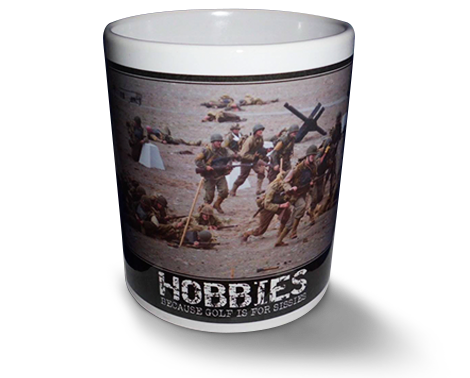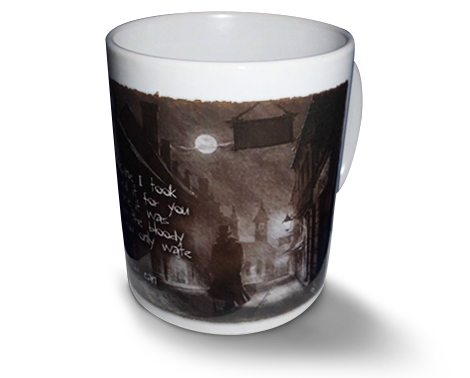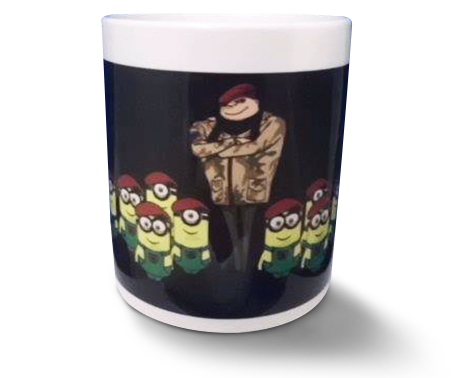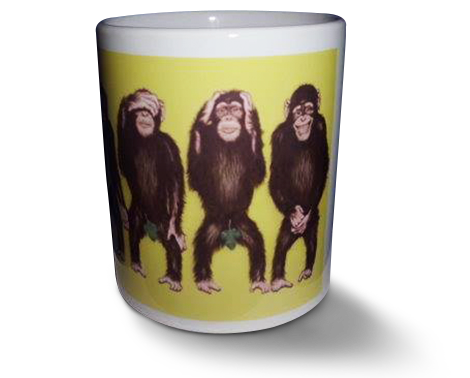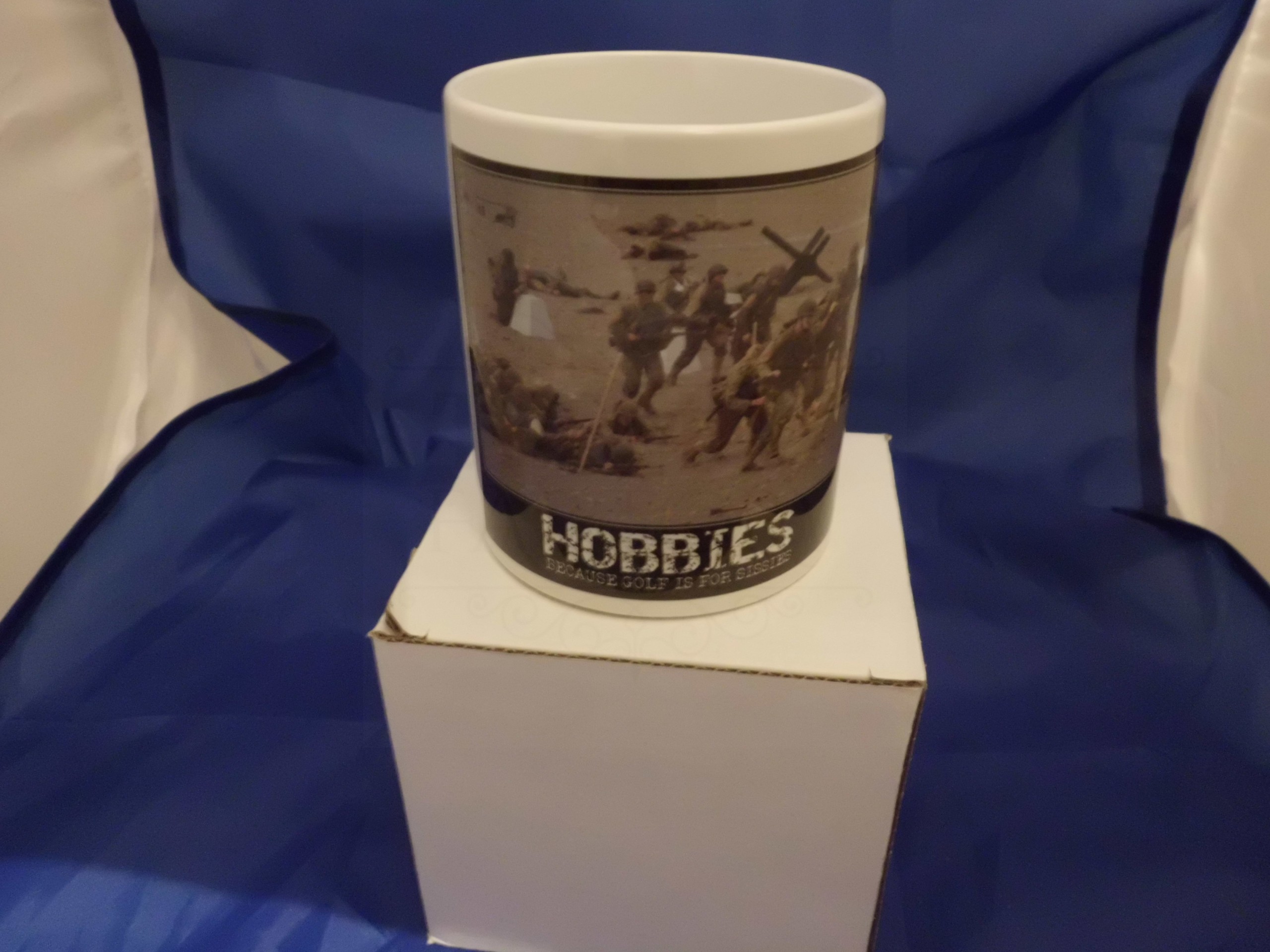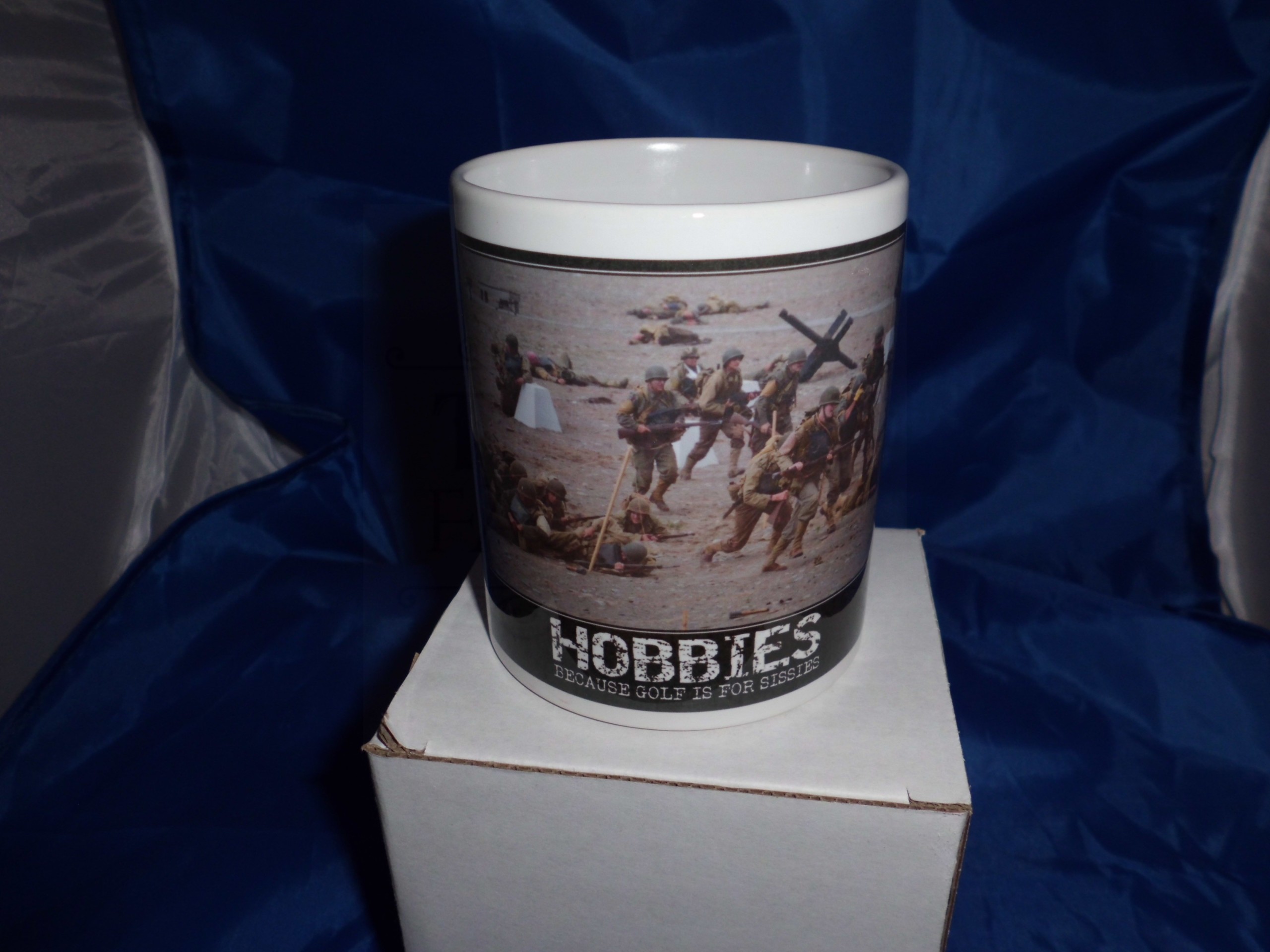Reenactor military mug 11oz
The mugs we use are top quality bright white, Orca coated, and are Dishwasher and Microwave safe, the high quality images are bonded into the surface of the mug, and do not fade or peel off like transfersGREAT FOR GIFTS, BIRTHDAYS, OR JUST TO ADD TO YOUR MEMORABILIA COLLECTION.The artwork is created in our offices/workshop, and we are available for custom work. These designs are individually made, not mass produced.
Historical reenactment (or re-enactment) is an educational or entertainment activity in which people follow a plan to recreate aspects of a historical event
Most participants are amateurs who pursue history as a hobby. Participants within this hobby are extremely diverse. The ages of participants range from young children whose parents bring them along to events, to the elderly. Among adult participants, people from all different walks of life can be found: college students, firefighters, lawyers, members of the armed forces, doctors, and even professional historians.
Farbs
"Farbs" or "polyester soldiers" are reenactors who spend relatively little time and/or money achieving authenticity with regard to uniforms, accessories, or period behavior. Anachronistic clothing, fabrics, fasteners (such as velcro), snoods, footwear, vehicles, and modern cigarettes are common.
The origin of the word "farb" (and the derivative adjective "farby") is unknown, though it appears to date to early American Civil War centennial reenactments in 1960 or 1961.Some think that the word derives from a truncated version of "Far be it from authentic". An alternative definition is "Far Be it for me to question/criticise", or "Fast And Researchless Buying". A humorous definition of "farb" is "F.A.R.B: Forget About Research, Baby". Some early reenactors assert the word derives from German Farbe, color, because inauthentic reenactors were over-colorful compared with the dull blues, greys or browns of the real Civil War uniforms that were the principal concern of American reenactors at the time the word was coined.According to Burton K. Kummerow, a member of "The Black Hats, CSA" reenactment group in the early 1960s, he first heard it used as a form of fake German to describe a fellow reenactor.
Mainstream reenactors make an effort to appear authentic, but may come out of character in the absence of an audience. Visible stitches are likely to be sewn in a period-correct manner, but hidden stitches and undergarments may not be period-appropriate. Food consumed before an audience is likely to be generally appropriate to the period, but it may not be seasonally and locally appropriate. Modern items are sometimes used "after hours" or in a hidden fashion.Hard-core reenactors generally value thorough research, and sometimes deride mainstream reenactors for perpetuating inaccurate "reenactorisms". They generally seek an "immersive" reenacting experience, trying to live, as much as possible, as someone of the period might have done. This includes eating seasonally and regionally appropriate food, sewing inside seams and undergarments in a period-appropriate manner, and staying in character throughout an event.

